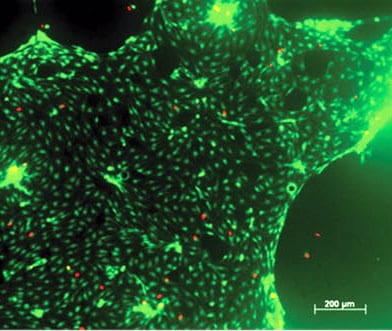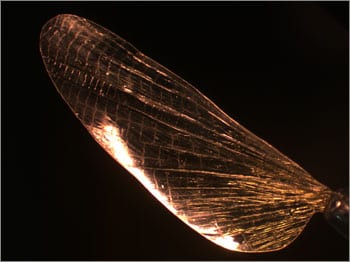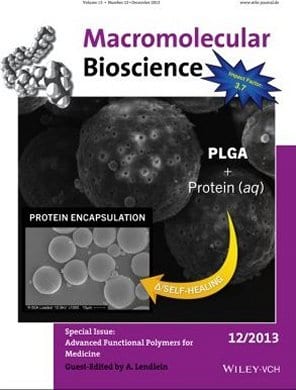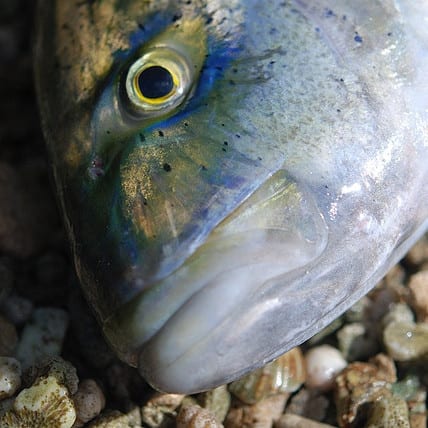A biocompatible polyacrylate network for the build-up of artificial tissues is created by a 3D printing process.


A biocompatible polyacrylate network for the build-up of artificial tissues is created by a 3D printing process.

Brazilian scientists have studied the water absorption in unsaturated polyester composites reinforced with macambira fiber.

A hemostatic material for field dressings in emergency wound treatment is made by layer-by-layer deposition of thrombin and tannic acid.

A laminar composite of two common biomaterials – shrimp shells and silk – could be useful for packaging and biomedical applications.

The complex requirements of modern medicine demand a variety of multifunctional materials. Polymers provide a versatile toolbox for such materials. Hydrolytically degradable polymers show temporal changes of mechanical properties during degradation and controlled drug...

Fish aren’t just for eating; their scales could also act as an excellent protective material, say a group of researchers.

Researchers at the University of Basel have identified a peroxidase enzyme from the roots of the common horseradish plant which acts as a novel catalyst in atom transfer radical polymerization (ATRP).

Two research teams synthesize highly ordered carbonaceous structures, such as graphene, using unusual but everyday raw materials, and even waste.

Professor Geoffrey Ozin discusses what he believes may be the largest challenge of the century—the development of an artificial photosynthetic machine.

Ring-shaped arrays of DNA by using a simple self-assembly process driven by a balance of different forces, by scientists in the USA and S. Korea.